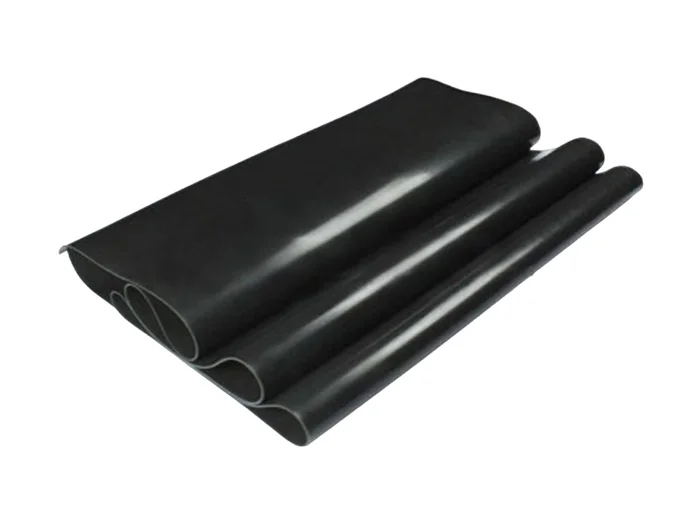In today's digital age, the ability to print in color is essential for both personal and professional projects. Whether you're printing vibrant photographs, detailed graphics, or colorful presentations, knowing how to change your printer settings to achieve the best color output can significantly enhance the quality of your prints. This guide will walk you through the necessary steps to adjust your printer settings for optimal color printing, ensuring that your documents come to life with vivid hues and sharp details.
Understanding Your Printer's Color Capabilities
Before diving into the settings, it's crucial to understand the type of printer you are using. Printers generally fall into two categories: inkjet and laser. Inkjet printers are typically favored for color printing due to their ability to produce high-quality images with a wide color gamut. On the other hand, laser printers are more efficient for text-heavy documents but can also print in color, albeit with some limitations in vibrancy.
Step-by-Step Guide to Change Printer Settings for Color Printing
- Accessing Printer Settings
The first step in changing your printer settings is to access the printer properties. This can be done through various methods depending on your operating system:
- Windows:
- Open the Control Panel and select Devices and Printers.
- Right-click on your printer and select Printer properties.
- Mac:
- Open System Preferences and select Printers & Scanners.
- Choose your printer from the list and click on Options & Supplies.
- Selecting the Color Printing Option
Once you are in the printer properties menu, look for the Print Quality or Color tab. Here, you will find options to select the type of printing you want:
- Color: This option allows you to print in full color.
- Grayscale: If selected, this option will print your documents in shades of gray, which is useful for text documents where color is not necessary.
Make sure to select the Color option to enable color printing.
- Adjusting Print Quality Settings
To achieve the best results, you may want to adjust the print quality settings. Higher quality settings will use more ink but will produce sharper and more vibrant colors. Look for options such as:
- Draft: Uses less ink and prints faster, suitable for proofing documents.
- Normal: A balanced option for everyday printing.
- Best: Utilizes the highest quality settings for photos and graphics.
Select the Best option if you are printing images or documents where color accuracy is crucial.
- Choosing the Right Paper Type
The type of paper you use can significantly affect the outcome of your color prints. In the printer properties, you should also find an option to select the paper type. Common options include:
- Plain Paper: Standard paper for everyday printing.
- Photo Paper: Designed for high-quality photo printing.
- Glossy Paper: Enhances color vibrancy and is ideal for images.
Selecting the appropriate paper type will optimize the ink distribution and improve the overall print quality.
- Color Management Settings
For advanced users, adjusting color management settings can provide even more control over how colors are rendered. This can typically be found in the Advanced settings of your printer properties. Here, you can:
- Select Color Profiles: Choose from various color profiles that match your printing needs, such as Adobe RGB or sRGB.
- Adjust Color Balance: Fine-tune the levels of cyan, magenta, yellow, and black (CMYK) to achieve the desired color output.
Troubleshooting Common Color Printing Issues
Even with the right settings, you may encounter issues such as color misalignment or faded prints. Here are some troubleshooting tips:
- Check Ink Levels: Low ink levels can lead to poor color output. Replace cartridges as necessary.
- Clean Print Heads: Clogged print heads can cause streaks or missing colors. Most printers have a built-in cleaning utility.
- Update Drivers: Ensure that your printer drivers are up to date to avoid compatibility issues.
Conclusion
Changing your printer settings to print in color is a straightforward process that can dramatically improve the quality of your printed materials. By understanding your printer's capabilities and following the steps outlined in this guide, you can ensure that your documents are not only functional but also visually appealing. Whether for personal use or professional presentations, mastering your printer settings will empower you to produce stunning color prints that capture attention and convey your message effectively.








+ There are no comments
Add yours